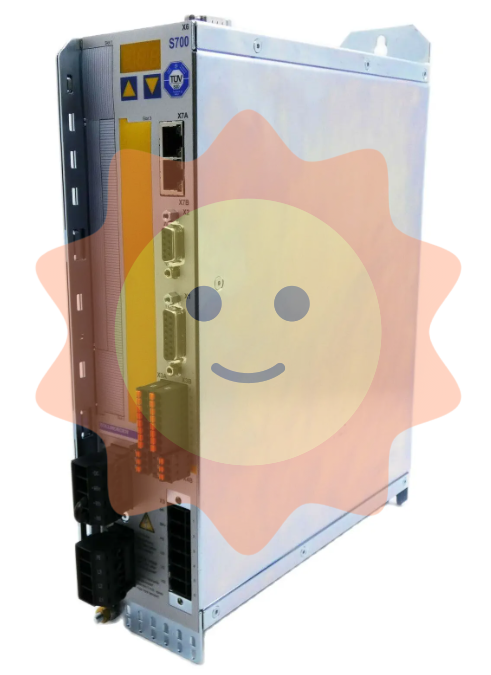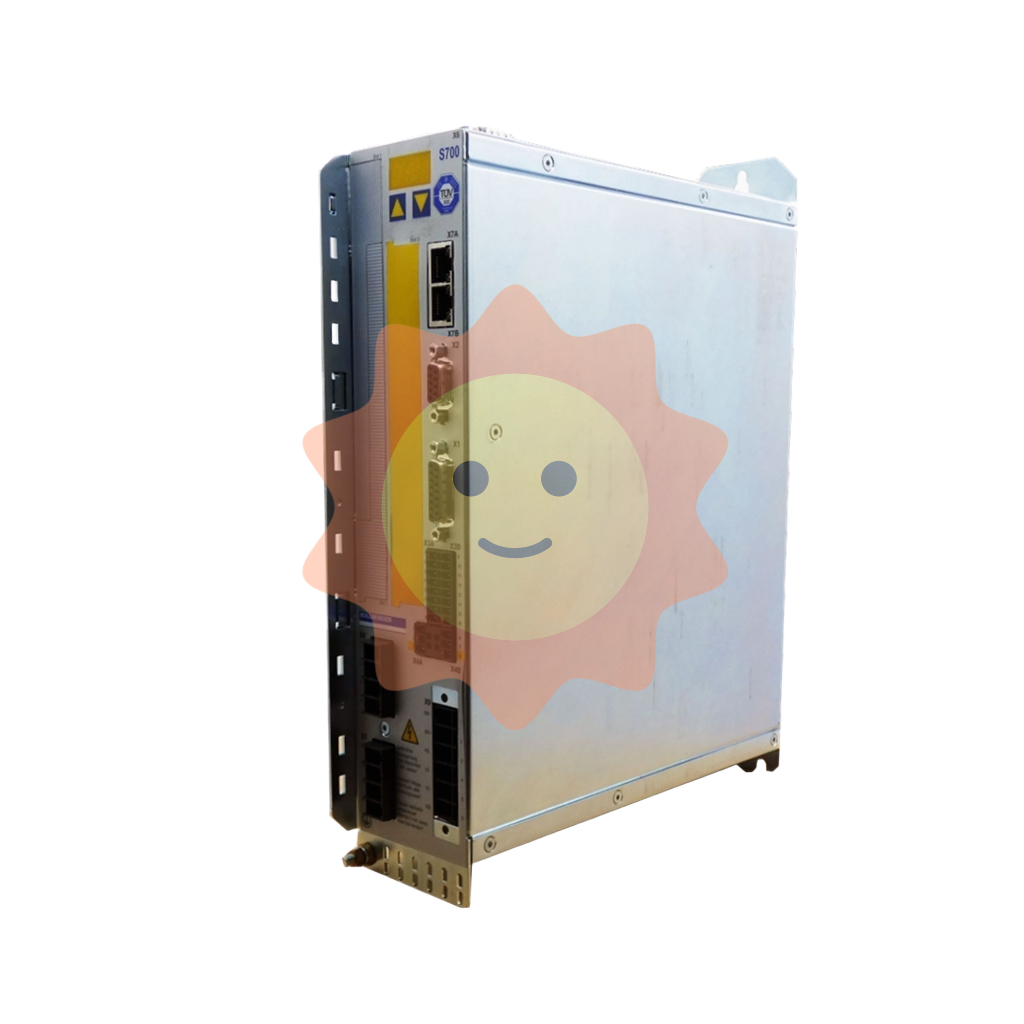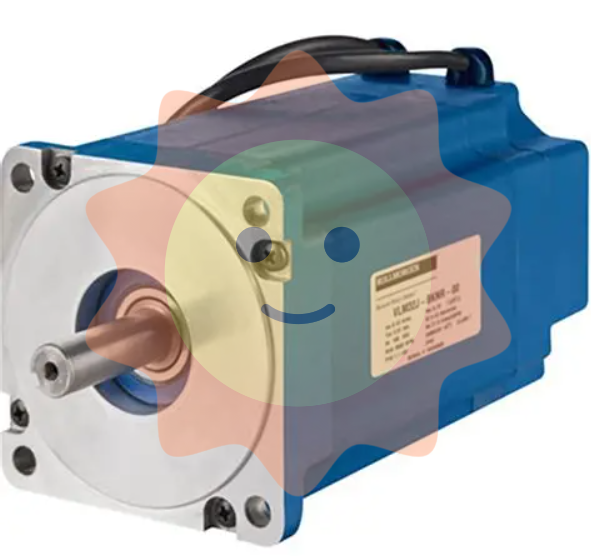The working structure of nuclear power plant and its working principle
Second, the type of power generation pile
Since the advent of nuclear power plants, there are three main types of power generation reactors that are mature in industry: light water reactors, heavy water reactors and graphite steam cooled reactors. They are used in three different types of nuclear power plants, forming the backbone of modern nuclear power generation. Currently, most thermal reactors are so-called light water reactors that are moderated and cooled with light water. Light water reactor is divided into pressurized water reactor and boiling water reactor.
Boiling water reactor nuclear power plant working process: coolant (water) from the lower core flow in, along the process of rising up the core, from the fuel rods to get heat, so that the coolant into a mixture of steam and water, through the steam separator and steam dryer, the separated steam to drive the turbine generator set to generate electricity. The boiling water reactor is composed of a pressure vessel and its fuel element in the middle, a cross shaped control rod and a steam separator. Steam separator in the upper part of the core, its role is to separate steam and water droplets, prevent water into the turbine, causing damage to the turbine blade. The fuel and fuel assemblies used in a boiling water reactor are the same as those used in a pressurized water reactor. Boiling water acts as both moderator and coolant. Boiling water reactors differ from pressurized water reactors in that the cooling water is kept at a lower pressure (about 70 atmospheres), and the water passes through the core into steam at about 285 ° C and is directly introduced into the turbine. As a result, the boiling water reactor has only one loop, eliminating the need for a leak-prone steam generator, so it is very simple. In short, the biggest advantage of light water reactor nuclear power plant is that the structure and operation are relatively simple, small size, low cost, fuel is also relatively economic, with good safety, reliability and economy. Its disadvantage is that it must use low enriched uranium, and the countries that currently use light water reactors are mostly dependent on the United States and the Commonwealth of Independent States for nuclear fuel supplies. In addition, the utilization rate of natural uranium in light water reactors is low. If a series of light water reactors are developed, more than 50% of natural uranium is used than a series of heavy water reactors. From the point of view of maintenance, PWR is easy to maintain because the primary circuit is separated from the steam system, and the steam turbine is not contaminated by radioactivity. The boiling water reactor is the steam generated in the reactor directly into the turbine, so the turbine will be contaminated by radioactivity, so the design and maintenance in this respect is more troublesome than the pressurized water reactor.

According to its structure type, heavy water reactor can be divided into pressure shell type and pressure tube type. The pressure shell type coolant uses only heavy water, and its internal structural material is less than that of the pressure tube type, but the neutron economy is good, and the net output of the new fuel plutonium-239 is relatively high. This kind of reactor generally uses natural uranium as fuel, the structure is similar to the pressurized water reactor, but because of the large grid pitch, the pressure shell is much larger than the pressurized water reactor of the same power, so the maximum power of a single reactor can only be 300,000 kilowatts. Because the coolant in tubular HWR is not limited, heavy water, light water, gases, or organic compounds can be used. Its size is also not limited, although the pressure tube brings the associated absorbed neutron loss, but due to the large core, the neutron leakage loss can be reduced. In addition, the reactor facilitates non-stop loading and unloading and continuous refuelling, eliminating the need for control rods to compensate for burn-up. The pressure tube heavy water reactor mainly includes two kinds of reactors: heavy water moderating, heavy water cooling, heavy water moderating and boiling light water cooling. The structure of the two piles is roughly the same.
Fast reactor power plant
A nuclear power plant in which the heat released by a chain fission reaction caused by fast neutrons is converted into electricity. In operation, fast reactor not only consumes fissile material, but also produces new fissile material, and the production can be more than the consumption, which can realize the proliferation of nuclear fissile material.
At present, the world's commercial nuclear power plant reactors, such as pressurized water reactors, boiling water reactors, heavy water reactors, graphite gas cooled reactors, etc., are non-breeder types, mainly using fissile fuel, even if the reuse of converted plutonium-239 and other fissile materials, its utilization of uranium resources is only 1% to 2%, but in the fast reactor, In principle, uranium-238 can be converted to plutonium-239 for use, but considering various losses, the fast reactor can increase the utilization rate of uranium resources to 60 to 70 percent.
- EMERSON
- Honeywell
- CTI
- Rolls-Royce
- General Electric
- Woodward
- Yaskawa
- xYCOM
- Motorola
- Siemens
- Rockwell
- ABB
- B&R
- HIMA
- Construction site
- electricity
- Automobile market
- PLC
- DCS
- Motor drivers
- VSD
- Implications
- cement
- CO2
- CEM
- methane
- Artificial intelligence
- Titanic
- Solar energy
- Hydrogen fuel cell
- Hydrogen and fuel cells
- Hydrogen and oxygen fuel cells
- tyre
- Chemical fiber
- dynamo
- corpuscle
- Pulp and paper
- printing
- fossil
- FANUC
- Food and beverage
- Life science
- Sewage treatment
- Personal care
- electricity
- boats
- infrastructure
- Automobile industry
- metallurgy
- Nuclear power generation
- Geothermal power generation
- Water and wastewater
- Infrastructure construction
- Mine hazard
- steel
- papermaking
- Natural gas industry
- Infrastructure construction
- Power and energy
- Rubber and plastic
- Renewable energy
- pharmacy
- mining
- Plastic industry
- Schneider
- Kongsberg
- NI
- Wind energy
- International petroleum
- International new energy network
- gas
- WATLOW
- ProSoft
- SEW
- wind
- ADVANCED
- Reliance
- YOKOGAWA
- TRICONEX
- FOXBORO
- METSO
- MAN
- Advantest
- ADVANCED
- ALSTOM
- Control Wave
- AB
- AMAT
- STUDER
- KONGSBERG
- MOTOROLA
- DANAHER MOTION
- Bently
- Galil
- EATON
- MOLEX
- Triconex
- DEIF
- B&W
- ZYGO
- Aerotech
- DANFOSS
- KOLLMORGEN
- Beijer
- Endress+Hauser
- MOOG
- KB
- Moxa
- Rexroth


Email:wang@kongjiangauto.com


































































































